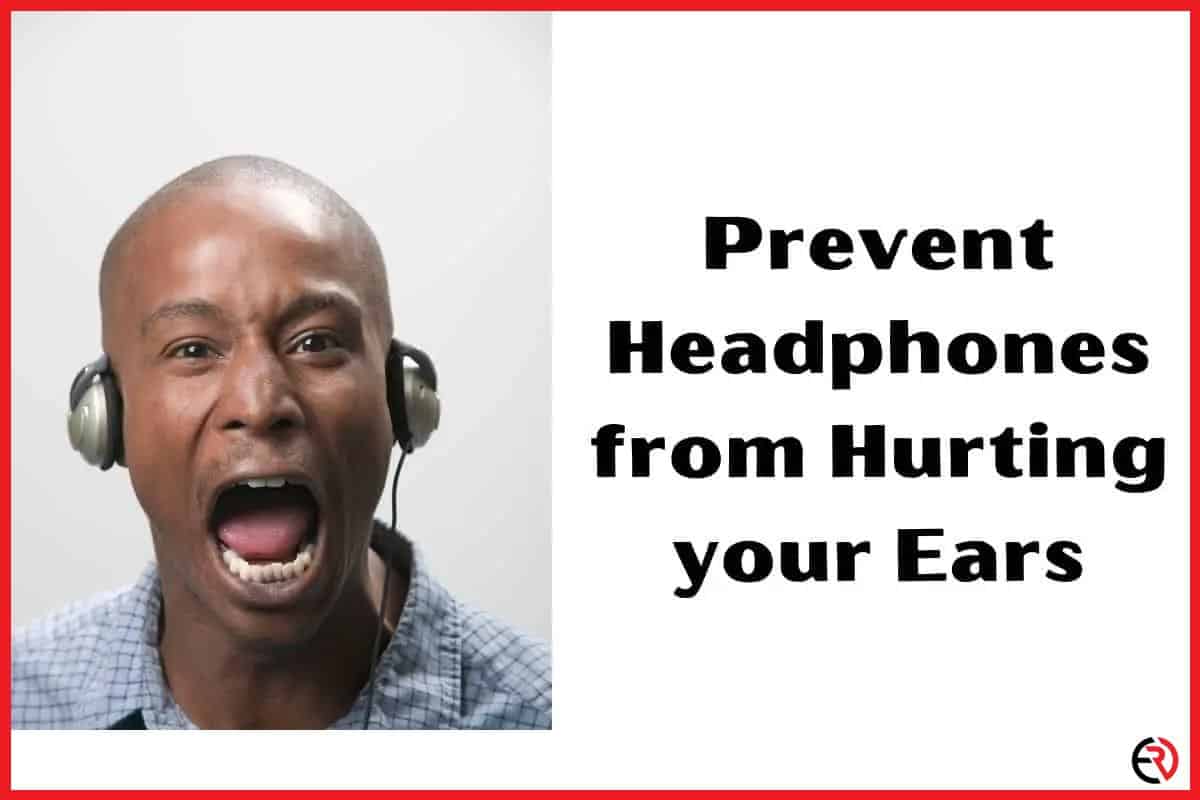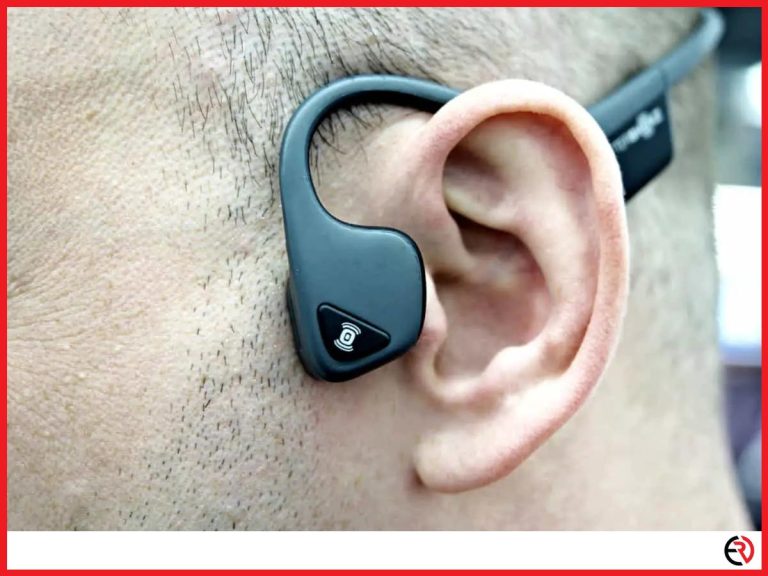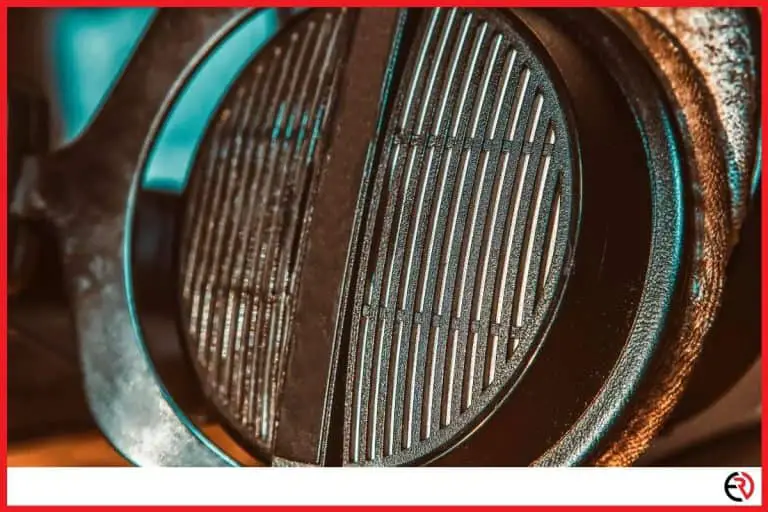How to Prevent Headphones from Hurting Your Ears
This post may contain affiliate links which means that, if you choose to make a purchase, I may earn a small commission at no extra cost to you.
It is unfortunate that the devices that help you to appreciate and make you fall in love with music can also damage your ears. Whether you are listening to loud music via your earbuds or headphones, it can lead to hearing loss, according to a study published in the Journal of the American Medical Association. What’s worse is that it isn’t the true extent of the damage.
Headphones and other such devices can also be uncomfortable, painful, may cause irritation due to sweat, ear infection, and other harmful effects for you. The good news is that in this article we explore how to prevent pain and damage to your ears without sacrificing your love for good music.
How do headphones hurt your ears?
Headphones can be branched into three primary categories, on-ear, over-ear, and in-earphones. The names should be pretty self-explanatory about their nature. On-ear headphones, sit or press on your ear, over the ear headphones sit over your ear, and in-earphones are tiny versions of its peers that fit inside your ear. The pain caused by either version may happen due to fit, ergonomics, frequencies, and other such factors. Thankfully, they can be prevented with your next purchase decision.
1. Check out the size – If you buy headphones that are small for your ears, they will bring pain. Before you pick up your next pair of headphones to satiate the audiophile in you, check out the size of the headband. Avoid anything that’s too tight and may cause discomfort.
Unfortunately, one-size-fits-all headphones don’t exist. If you have small or larger ears than average, check out the size of the cups to avoid a poor fit. Repeat that inspection with the cushions. If they are too small, they won’t sit right on your ear and if they are too big, they would create unnecessary pressure on your ear’s cartilage.
When it comes to in-earphones, try out all the replacement buds that come with the device. If you find your right match, it’s money well-spent. Otherwise, consider investing in a pair of custom-sized earbuds. A few extra bucks can save you a lot of pain and will keep you hooked to your favorite tracks for a longer duration.
2. Limit the use of in-earphones and wireless earbuds – Your ear produces wax as a natural mechanism to protect your ear canal. It helps to keep your ear canal lubricated and clean. Moreover, it also acts as a shield against foreign particles entering your ear. When you stop the natural process with extended use of in-earphones or earbuds, it can create a build-up of sweat, oil, dead skin, dirt, and more filth.
A 2002 study on this subject also shows that the risk of infection is severe for people who suffer from a chronic middle ear infection. In-earphones can get soiled easily and it is necessary to clean them regularly with alcohol wipes. Limiting their use is also a wise choice. Yes, they are convenient when you are outdoors or in a crowded place. However, when you are home or at work, switching to a pair of bulkier over-ear headphones reduces your risk of infection.
Do you need to concern yourself with the clamping effect?
If you listen to music with your over-ear headphones or in-earphones, then you don’t need to be bothered about the clamping effect. If you prefer on-ear headphones, then you need to adjust the clamping effect. Without the clamping effect, your on-ear headphones would slide out at any given opportunity. Moreover, if you like to burn calories with them on your ear, the clamping effect isn’t just necessary, but an advantage.
However, you don’t want them to clamp too tight on your ear. It puts a lot of pressure on the cartilage of your ear and your temporal bone and causes a lot of soreness and pain. To prevent that, you can stretch your headphones gently over a row of books. That also allows you to calibrate the stretch and clamping force to your requirements.
Do you need to turn down the volume?
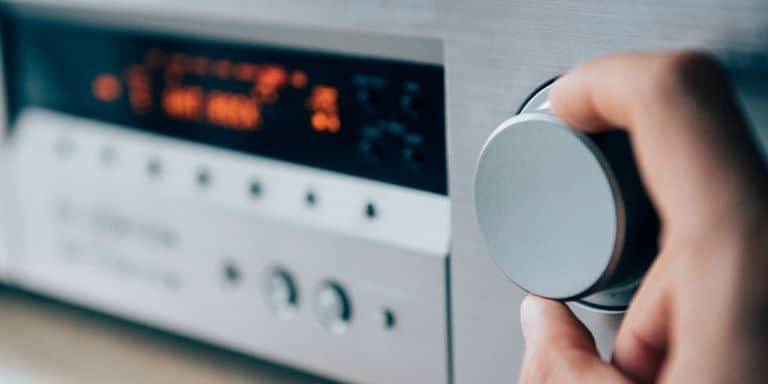
Noise-induced hearing loss isn’t a problem that’s limited to public events like concerts anymore. Headphones allow you to expose yourself to extremely loud volumes at the comfort of your home or on your commute to work. According to a 2017 study conducted on Swedish adolescents, long term exposure to loud volumes can result in poorer hearing thresholds and various other hearing problems.
Moreover, when you are commuting to work, you increase the volume of your headphones to blur out the background noise. However, that doesn’t matter to your ear since it gets damaged either way by 90 dB of traffic noise or rock music. According to the data available at the CDC, ear damage may kick in when you expose yourself to 92 decibels for over 1.5 hours and the damage happens as quickly in as little as over a minute when the volume is at 113 dB.
To prevent this, you should turn down the volume, or invest in a good noise isolating or noise-canceling headphones. However, noise-canceling headphones aren’t for everyone, as we see later in this article.
Do you need to change your glasses?
If you wear the wrong glasses, pairing them up with your headphones will cause significant discomfort. If you wear over-ear headphones or headphones that press on the arm of your glasses, that further presses into your skin and temporal bone.

You already have a solution if you wear contact lenses and glasses. Just switch to contact lenses when you put on your headphones or consider trying contact lenses to get rid of the pain. If you don’t like contacts, you can also reduce the pain by switching to glasses with thinner arms.
When you buy your next pair of headphones you may want to keep this in mind and choose a model that is designed to avoid or to not put any pressure on the arms of your glasses.
Do you experience listener fatigue?
If you read up or watch a lot of headphone reviews you have encountered the words “listener fatigue” too many times. Some explain it as excessive energy in the higher frequencies, while others describe it as your eardrums overworking to process loud volume. The solution to this is simple and follows the same cure as other types of fatigue – rest. Your eardrums aren’t meant to process loud music for several continuous hours. Take your headphones off and relax.
Is ANC the ultimate answer to loud volume?
Active noise-canceling headphones are great and help you to listen to your favorite music and teleports you to a world of zero distractions. However, some people aren’t built for ANC headphones. ANC headphones send an anti-noise wave into your ear to eliminate the low-frequency noise surrounding you.
While most people aren’t adversely affected by this or get used to this over time, some people experience discomfort with anti-sound waves emitted by ANC headphones. They often experience a weird sensation of pressure on their ears that gets a bit uncomfortable after prolonged use. While there isn’t any solid research on this subject, there are Reddit threads dedicated to this topic where people share their uncomfortable experience with noise-canceling headphones.
While most people get over the “ear-pressure” sensation over time, it doesn’t keep the audio experience natural for them. If you experience the same, you may be better off with a set of high-quality noise-isolating headphones.
Is your headphone cushion damaged?
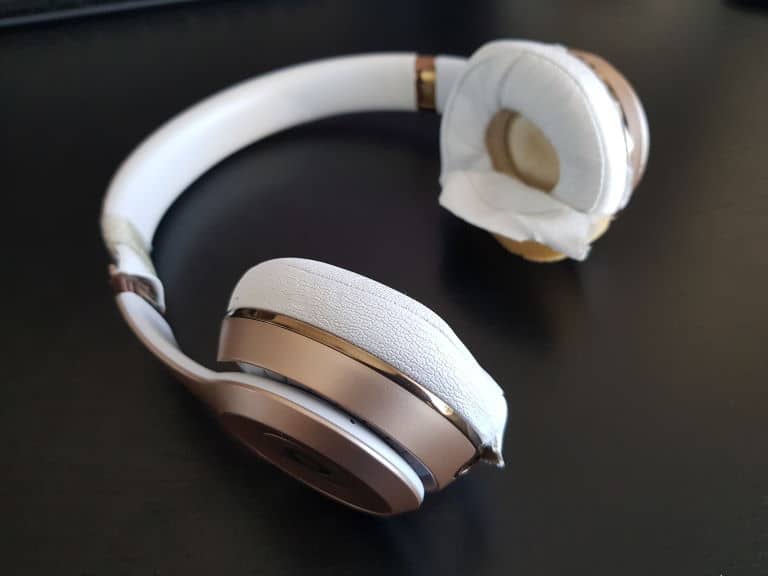
A nice pair of headphones comes with cushions that are meant to feel soft and comfortable despite their robust build quality. You may be wondering why your headphone cushions seem cracked and peeled despite that. That’s corrosion caused by sweat. Your sweat gets accumulated on the cushions and that doesn’t just create an unhygienic and smelly pair of cans, but also causes irritation against your skin.
To fix that you can replace your old cushions with a replacement pair and protect them from moisture damage with sweat-proof headphone covers. If you are out of cash, you can also wash out the cushions by hand with a mild detergent. Make sure to clean the cushions without degrading their quality. There are dedicated helpful forums where you can learn from the experience of other people.
Conclusion
To prevent or reduce the pain caused by headphones you have to diagnose the problem and take the appropriate steps. Make sure to physically try out the headphones before you place your order. Check out the size and make sure it fits you comfortably without being too tight or extra slack.
Loud volumes can cause ear pain and impair your hearing. Thus, it is also necessary to turn down the volume and take a break. If you wear glasses, consider contacts to avoid pain. Don’t forget to keep your headphone cushions in good shape. They make direct contact with your ears and skin and it is important to keep them clean for a smooth listening experience. Follow all the tips so that you can prevent headphones from hurting your ears.

